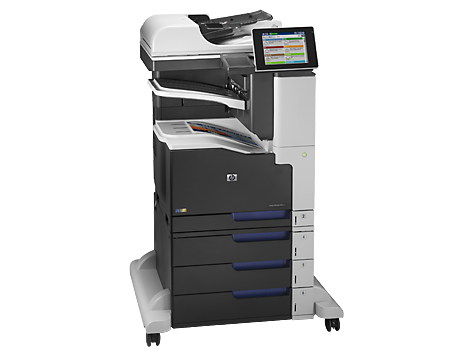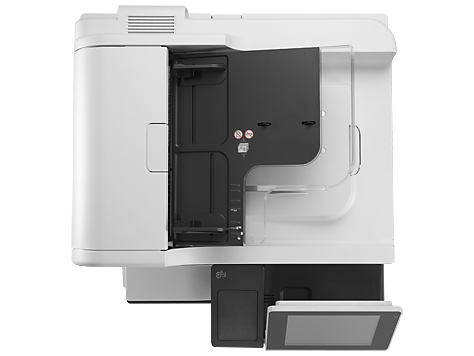PMP is a good source in two aspects. One, it
gives you a great insight on how to manage your projects in a more efficient
and risk free manner. Second, if you appear for its exam and qualify, you get a
universally accepted accreditation that is highly appreciated worldwide. PMP
(Project Management Professional ®) offered globally by PMI is a boundary free
certification. During your learning towards PMP you learn a lot about project
management something that you have never learnt before or come across during
any other kind of learning towards project management.
Four takeaways that you can be assured of
during your learning of PMP can be listed as below:
1.
It provides you a
well-organized and highly structured method of managing your projects and
related activities. The inbuilt flexibility enables you to design your project
management methodologies as per your company’s requirements.
2.
You get empowered and
leveraged to take full control of your project(s) and mitigate risks
anticipated in advance (or those come in the way in an unannounced manner).
Your learning gets enhanced to enable you to plan, execute, monitor, control
and steer your projects in a professionally organized manner without getting
drifted away from best practices being followed across the globe, similar to
your industry.
3.
You get an enormous
amount of knowledge on understanding gravity of documentation required for your
kind of projects running in your organization. It helps you in planning and controlling
scope, teams, financials, schedules/ timelines, quality, risks and closures in
a way so as to assist you in achieving higher level of success in any kind of
projects undertaken.
4.
You get well equipped
with the tools and techniques to monitor the timelines of your project in a
proactive manner with an advanced way of getting you informed about any
contingencies prone to occur during project lifecycle.

 Technology advancement is a continuous process. The three major technologies that have revolutionized the current decade are Social, Mobile and Cloud technologies which have impacted businesses in a very big way. There is no business these days which is untouched by the heat of these three technologies. Some businesses especially the large ones and those which are conscious about their outreach to last mile of consumers/ users have already taken the lead and taken initiatives to deploy it and delve into it in a larger manner.
Technology advancement is a continuous process. The three major technologies that have revolutionized the current decade are Social, Mobile and Cloud technologies which have impacted businesses in a very big way. There is no business these days which is untouched by the heat of these three technologies. Some businesses especially the large ones and those which are conscious about their outreach to last mile of consumers/ users have already taken the lead and taken initiatives to deploy it and delve into it in a larger manner. Getting into any technology requires a structured planning and methodology. Without a proper planning or going into it without an organized manner can rather lead any business into a negative mode. There need to be appropriate policies and procedures in place along with a large amount of brainstorming to move ahead in adopting any or all of these technologies. All three technologies play a major role not only within the organization but in the outside world also among all stakeholders – be it prospective customers/ employees /.partners, or existing ones. For example regarding the security of information has to be taken care in a broader way to cater to multiple platforms, multiple devices and other needs.
Getting into any technology requires a structured planning and methodology. Without a proper planning or going into it without an organized manner can rather lead any business into a negative mode. There need to be appropriate policies and procedures in place along with a large amount of brainstorming to move ahead in adopting any or all of these technologies. All three technologies play a major role not only within the organization but in the outside world also among all stakeholders – be it prospective customers/ employees /.partners, or existing ones. For example regarding the security of information has to be taken care in a broader way to cater to multiple platforms, multiple devices and other needs.


